Ahmad Salahuddin
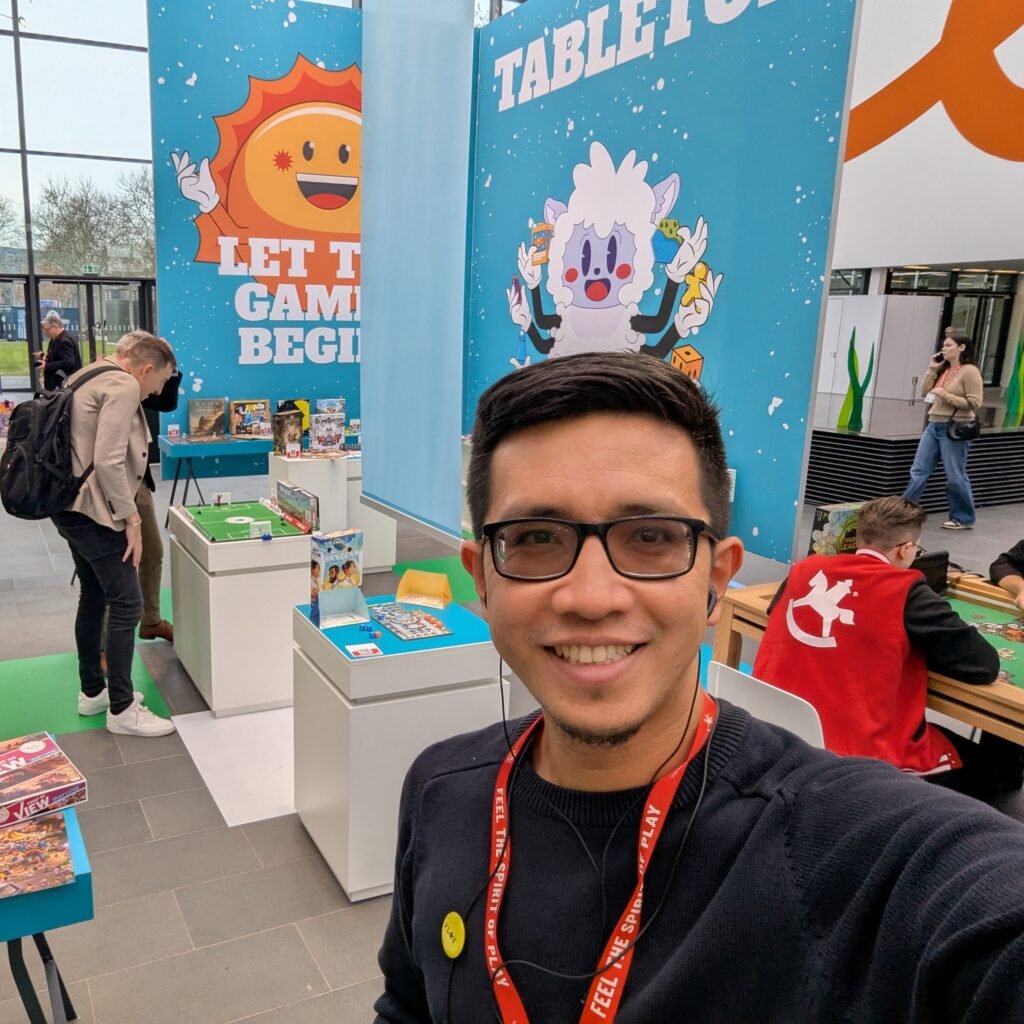
I got to know Ahmad while trying out Hieroglyph Historian in the Micro May Campaign. And I observed this strong connection to his games with heritage and spirituality, which intrigued me. Curious about his approach and genuinely impressed by the game he created, I reached out to him in June.
So here’s my conversation with Ahmad to know his journey, inspirations, and words of wisdom!
What inspired you to start designing games?
I formally started designing games in early 2023 after quitting my job due to burnout. I was looking for something that had less screen time, more analog experience, and to be honest, something completely different than what I had done before.
One of my inspirations is in realising that I could create something that can positively impact others. I realised games can be a great opportunity for me to connect with my own growing kids (three boys) while creating a tangible legacy of sorts. It’s also immensely rewarding as a creative outlet as you solve design issues and watch people play your games.
Can you share the biggest challenge you faced while designing your first game, and how you overcame it?
My first official design in 2023 was Heist Pursuit, an 18-card solo print-and-play game for a Board Game Geek contest. My biggest challenge was trying to figure out everything at once. Learning and reading about good design principles, how to playtest and evaluate feedback, testing different tools and platforms, managing scope creep, and even card formatting and readability.
I made the decision to become a full-time board game designer back then but it took a while to transition mentally and routine-wise. While it was equal parts exciting and overwhelming, the design process was so enjoyable (and still is) that allowed me to get through the initial learning curve.
What's your design process when creating a new game?
I think the way I approach creating a new game has changed over time. Nowadays, I think a lot more about components and price points, the target audience, and the experience I want them to have. These all mix together to give a good direction about what potential kinds of mechanics would be suitable and what the end result might look like. The clearer the end goal, the easier it is to refine the game towards it and understand when you’re veering away from it.
I’m also a firm believer that a good theme helps to solve a lot of design issues, so I tend to spend a lot of time researching the theme. I think it’s easier to develop a mechanic if it’s thematically integrated into the game, and that thematic balancing generally trumps numerical balancing.
In terms of mechanics, I try to do something different each game or try to fuse different concepts that I like. For example, in my latest game called Hieroglyph Historian, I initially wanted to capture the experience of a solo word-building game that you play in the palm of your hand. The final game still retained some palm gameplay, but it focused more on the word-building aspect as you try and aim for a high score. Overall the game feels unique and distinctive mechanically while the Ancient Egyptian theme drawn by Shane, the game’s artist, really helps to pull players into the game world.
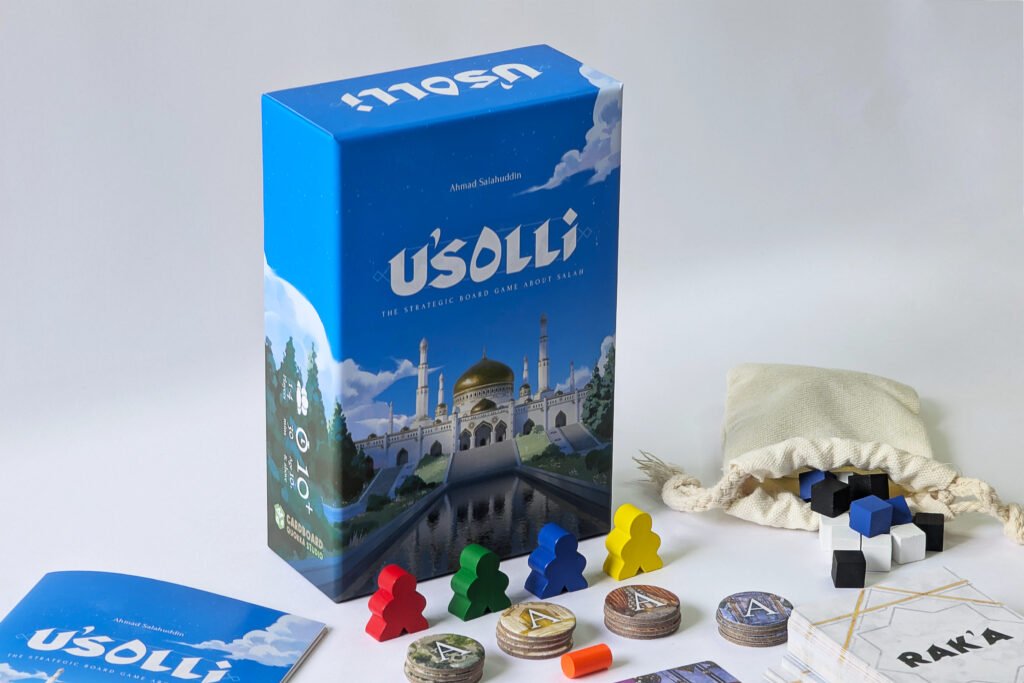
I noticed the integration of heritage and spirituality in your games. How do those elements resonate with you, and what role did they play in shaping the design?
To be honest, throughout the game development I wasn’t sure how the game would be received given the subject matter. But now that the game has been out for several months, overall I’m very happy with its reception as the game was highlighted at Pax West in the US, TTOX in India, and has been favorably reviewed by a diverse range of reviewers.
It was a fun but tricky design challenge to create a game that faithfully demonstrated key aspects of Islamic prayer while being mechanically fun for players to interact with. I went through a lot of different mechanical iterations and even shelved it for a while before adding in the movement system that is in the game now.
Are there any upcoming projects or games you're excited about?
I have a huge soft spot for the Lost Ruins of Arnak. It was one of my earliest heavier-weight hobby board games purchases and until today remains one of my favourite games. The theme and art plays a big part, and I’m really glad to see that it’s still doing very well with a new big box edition that’s coming out.
What advice would you give to aspiring game designers, especially those interested in print-and-play games?
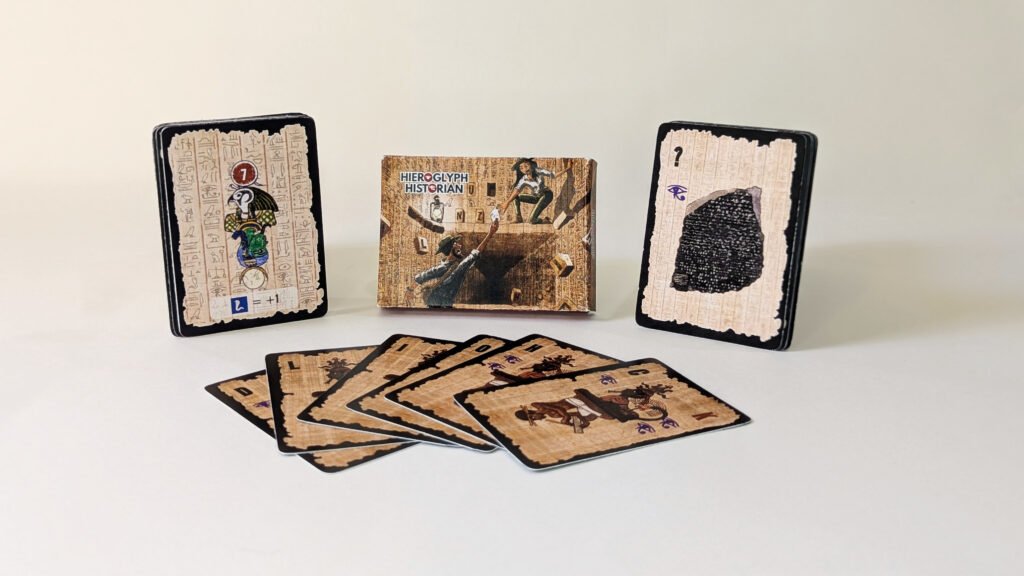
What tips would you give to game designers preparing to launch their first crowdfunding campaign?
A bit on our Sponsor - Boardssey
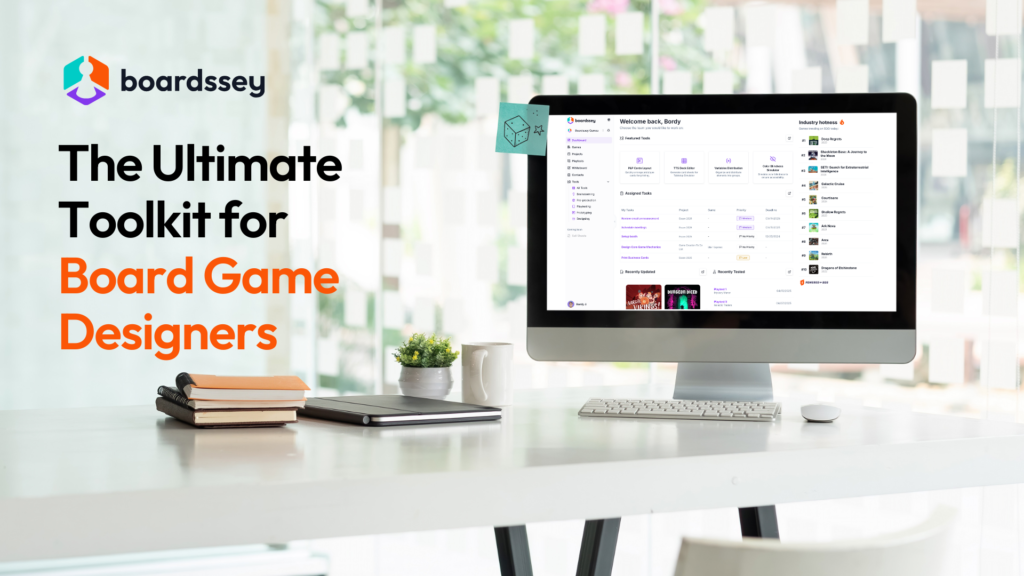
Boardssey is a game-changer for board game designers, streamlining scattered ideas into published games.
With tons of cool tools to explore, Boardssey optimizes every stage of the creative journey, helping you centralize your designs, track and assess playtest feedback, and present your games professionally to publishers.
Are you interested? Well then, try it for free!
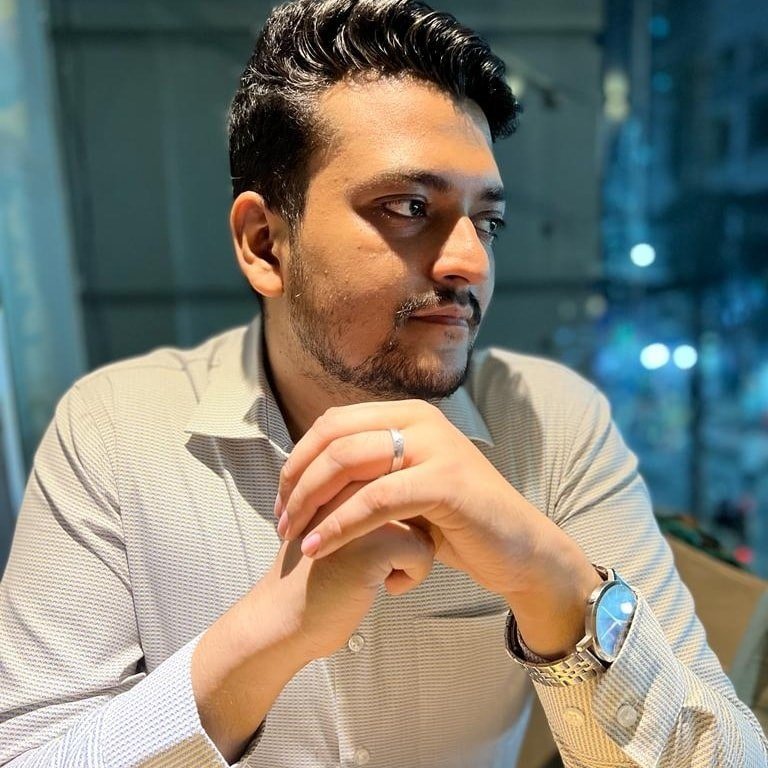
Tasliman is a board game developer based in Bangladesh, with the dream of exploring the world of games and introducing it to anyone new to it. He is the founder of Kraftz, a brand that develops board games commercially, as well as with reputed entities like BRAC and The Gates Foundation.




